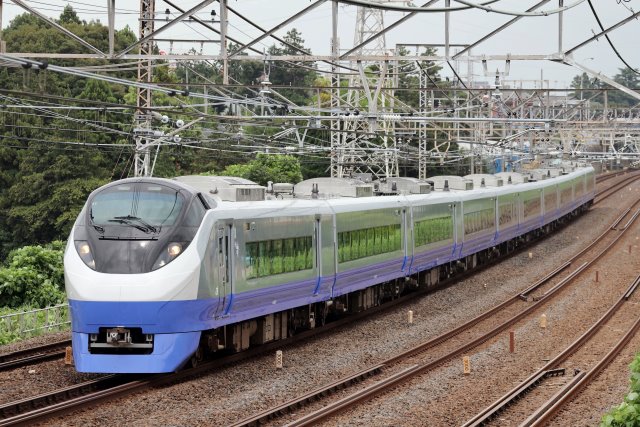One of the major railway business trends in the Tokyo metropolitan area is the reserved seat trains for commuters. As I repeatedly posted, Japanese workers are very busy. They sometimes need something before getting home as a treat for themselves, but their journey home is hard because urban commuter trains are packed on most of the lines. That's a background to urban-type reserved seat trains appearing. Nine companies currently operate reserved seat trains for commuters in the metropolitan area.
Keio Electric Railway is no exception. Keio began commercial operation of Keio Liner, which is Keio's first reserved seat train, on their Keio and Sagamihara lines in 2018 using the new model, the EMU 5000 series. This model has multi-purpose seats, which the conductor can change from long-seats to cross-seats using a remote-control system. The cross-seat mode is applied when it's operated as Keio Liner train.
What's new with Keio Liner? Keio has increased the number of Keio Liners in operation. For that purpose, Keio currently owns 7 sets of the EMU 5000 series, and operates 11 Keio Liner trains during peak time on weekdays. Moreover, Keio started the reserved seat sightseeing train named "Mt. TAKAO" using the 5000 series on weekends. It's operated between Shinjuku, a subcenter of Tokyo Metropolis and Takao-sanguchi, the gateway station to Mt. Takao. The fare for a seat reservation for Keio Liner and Mt. TAKAO is both 410 yen (2.7 USD). Keio Liner and Mt. TAKAO still have potential for growth.



















